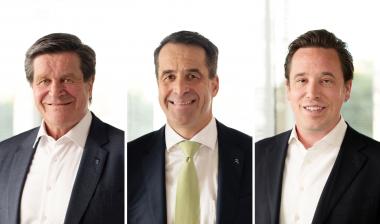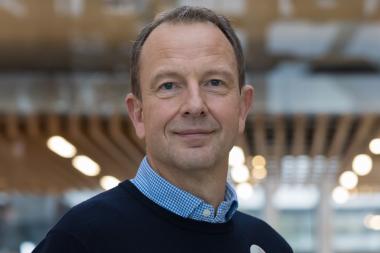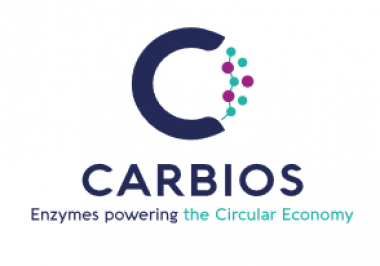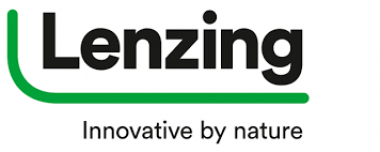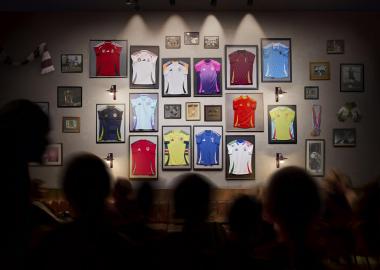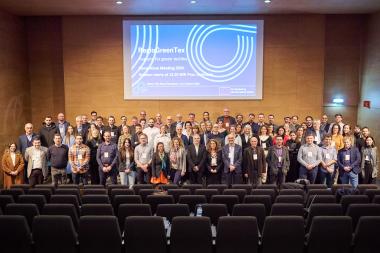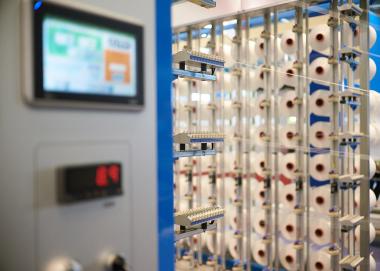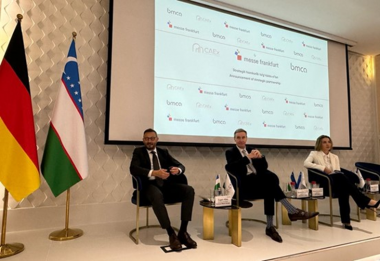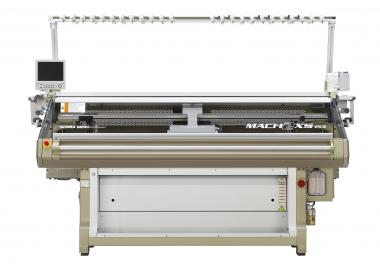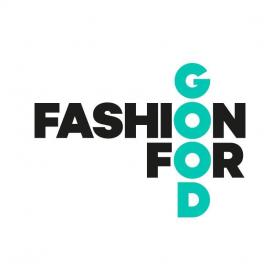Fourth generation at Reifenhäuser
Jan Karnath (39), a nephew of Bernd Reifenhäuser (CEO) and Ulrich Reifenhäuser (CSO), is the first representative of the fourth generation to join the operational business of the Reifenhäuser Group. His start paves the way for the continuous development of the family business and reinforces the transformation from machine manufacturer to solution provider: As the company's first Chief Digital Officer, Karnath will henceforth be responsible for and steer the Group's digital transformation.
In his new position as Chief Digital Officer, Jan Karnath is responsible for the strategic and operational development of all Reifenhäuser units whose business model is based on digital products: The tech start-up RE: GmbH, which specializes in connecting entire production facilities, AR:DEL, Reifenhäuser's digital education and learning platform, and R-Cycle, the digital product passport for sustainable packaging. In addition, Karnath is responsible for the Group's overall digital strategy: he will continue to develop the portfolio of digital products and ensure that all relevant digital initiatives are integrated into strategic planning.
Jan Karnath has over 15 years of experience in the digital business. He studied Management in Vienna and Digital Transformation & Innovation at Stanford University. He then began his career at SAP and has since successfully led several digital companies as a board member and founder. Investors in these companies have included EQT and Porsche AG.
Reifenhäuser
Reifenhäuser


